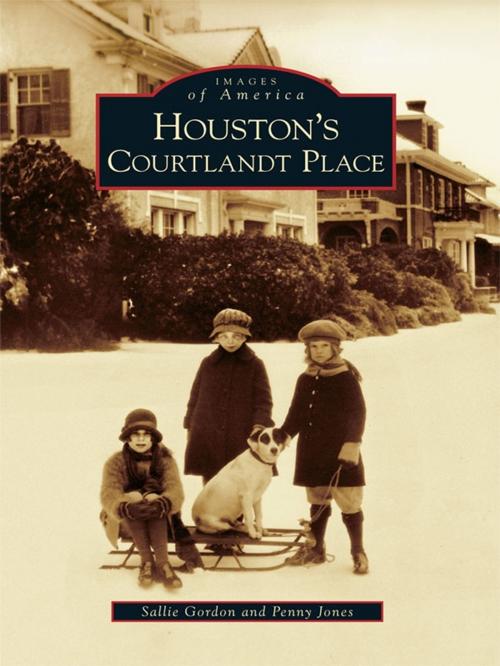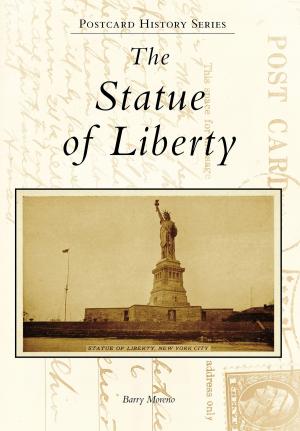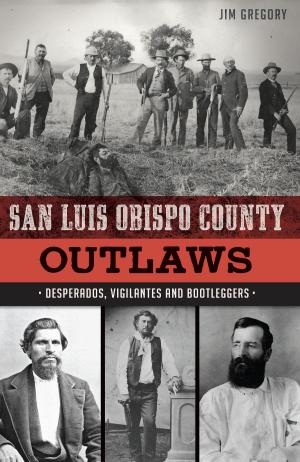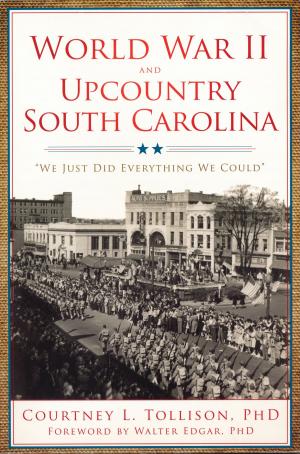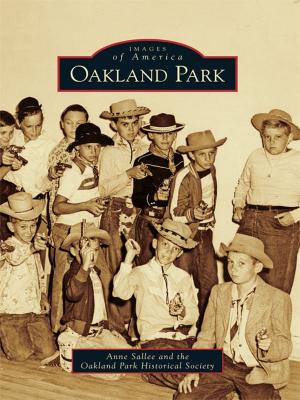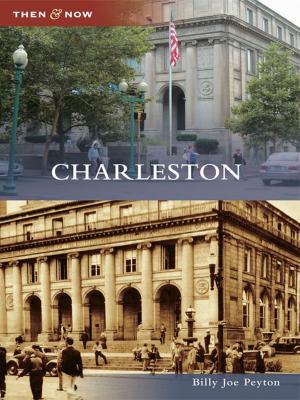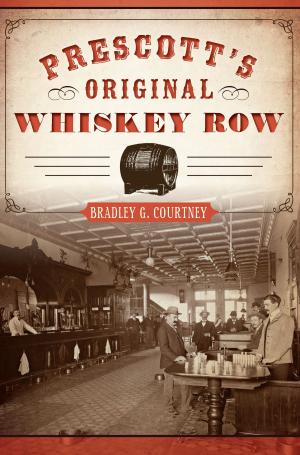| Author: | Sallie Gordon, Penny Jones | ISBN: | 9781439623336 |
| Publisher: | Arcadia Publishing Inc. | Publication: | October 19, 2009 |
| Imprint: | Arcadia Publishing | Language: | English |
| Author: | Sallie Gordon, Penny Jones |
| ISBN: | 9781439623336 |
| Publisher: | Arcadia Publishing Inc. |
| Publication: | October 19, 2009 |
| Imprint: | Arcadia Publishing |
| Language: | English |
In 1906, Houston was poised to become a great city. The construction of its first skyscraper began (only eight stories); dredging commenced for the Houston Ship Channel; and Carrie Nation paid a visit and inflicted $750 damage on a saloon named after her, leaving no doubt that she wanted the name changed. Rambunctious growth, the proliferation of streetcar lines, and the emergence of the automobile pushed Houston's boundaries outward. When unrestricted commercialism encroached on the mansions of the city's elite, they abandoned downtown and formed private residential enclaves beyond the chaos. One of the earliest, fashioned after the "private places" of St. Louis, was Courtlandt Place. Developed for Houston's first big businessmen and power brokers, its story has been linked with the city's history for more than 100 years. The exceptional Courtlandt Place is on the National Register of Historic Places and remains a triumph of historic preservation.
In 1906, Houston was poised to become a great city. The construction of its first skyscraper began (only eight stories); dredging commenced for the Houston Ship Channel; and Carrie Nation paid a visit and inflicted $750 damage on a saloon named after her, leaving no doubt that she wanted the name changed. Rambunctious growth, the proliferation of streetcar lines, and the emergence of the automobile pushed Houston's boundaries outward. When unrestricted commercialism encroached on the mansions of the city's elite, they abandoned downtown and formed private residential enclaves beyond the chaos. One of the earliest, fashioned after the "private places" of St. Louis, was Courtlandt Place. Developed for Houston's first big businessmen and power brokers, its story has been linked with the city's history for more than 100 years. The exceptional Courtlandt Place is on the National Register of Historic Places and remains a triumph of historic preservation.
